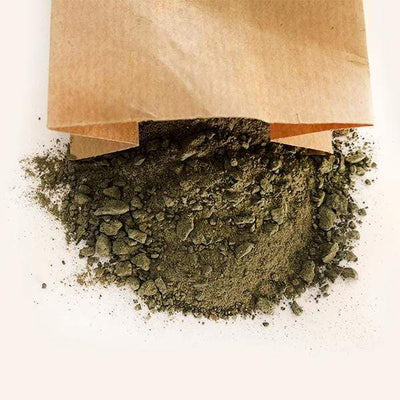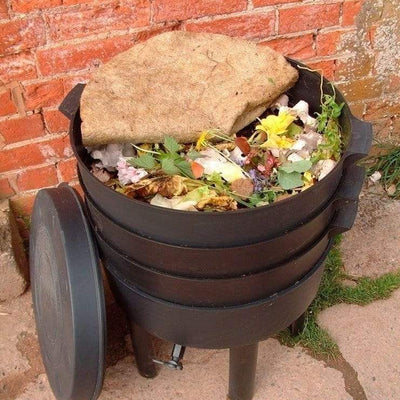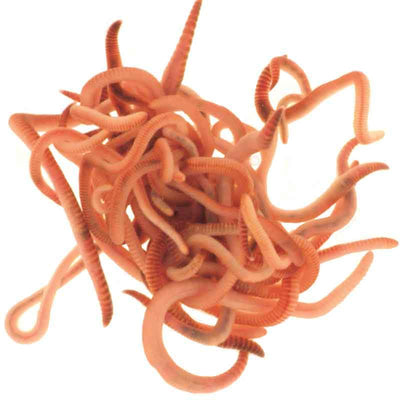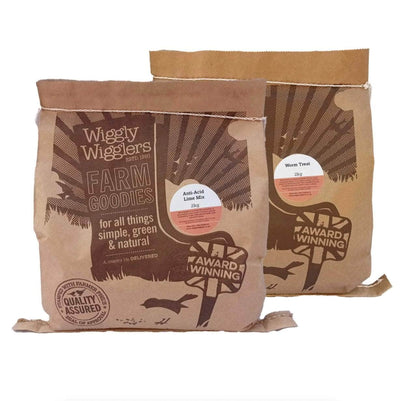If you want a thriving garden, it all starts with the soil, and when it comes to improving soil health naturally, few helpers are as powerful as earthworms. These humble creatures aerate the ground, improve drainage, break down organic matter, and enrich the soil with vital nutrients. Whether you're dealing with heavy clay, light sand, fertile loam, or anything in between, worms can make a world of difference.
But not all soils are the same, so you might be wondering: What worms do I need for my soil type?
Here At Wiggly Wigglers, you’ll find specially selected Garden Worms perfect for introducing into a variety of garden soils.
Let's explore how worms can revitalise different soil types — and how to get started.
Why Add Worms to Your Garden Soil?
Earthworms are often called ‘nature’s ploughs’ for good reason:
-
Aeration: Their tunnels allow air to reach plant roots.
-
Drainage: Worm channels help prevent waterlogging.
-
Nutrient Cycling: Worm castings (essentially worm manure) are packed with bioavailable nutrients.
-
Improved Structure: Worm activity binds soil particles into aggregates, creating a crumbly, fertile texture.
-
Organic Matter Breakdown: Worms feed on decaying material, helping to turn it into rich humus.
No matter your soil condition, introducing worms alongside organic matter can make your garden healthier, more fertile, and more resilient.
Matching Worms to Your Soil Type
Every soil type has its own challenges, and worms can help tackle them naturally. Click the links below to find detailed advice for your specific soil:
-
Silty Soil: Can Wiggly Garden Worms Help Revitalise My Silty Soil?
-
Clayey Soil: Can Wiggly Garden Worms Help Revitalise My Clayey Soil?
-
Loamy Soil: Can Wiggly Garden Worms Help Revitalise My Loamy Soil?
-
Peaty Soil: Can Wiggly Garden Worms Help Revitalise My Peaty Soil?
-
Chalky Soil: Can Wiggly Garden Worms Help Revitalise My Chalky Soil?
-
Sandy Soil: Can Wiggly Garden Worms Help Revitalise My Sandy Soil?
Each blog explains exactly how worms interact with that particular soil type — and offers tips for helping them settle in and thrive.
How to Introduce Worms into Your Garden
Adding worms to your soil is simple but a little care goes a long way. Here's how to do it:
-
Prepare the Ground: Before releasing your worms, improve your soil with compost, leaf mould, or well-rotted manure. This gives them an immediate food source.
-
Dig Holes: Across the area, dig lots of small holes — about 15–20cm (6–8 inches) deep. Space them out evenly where you want worms to establish.
-
Add Worms: Place a handful (around 5–10 worms) into each hole.
-
Cover Gently: Fill the holes back in carefully to avoid harming the worms.
-
Mulch and Water: Add a layer of organic mulch over the surface to help retain moisture and provide continued food. Keep the soil damp but not waterlogged.
With time, your worm population will grow naturally, helping to keep your soil in peak condition season after season.
Order Garden Worms here https://www.wigglywigglers.co.uk/products/garden-worms






